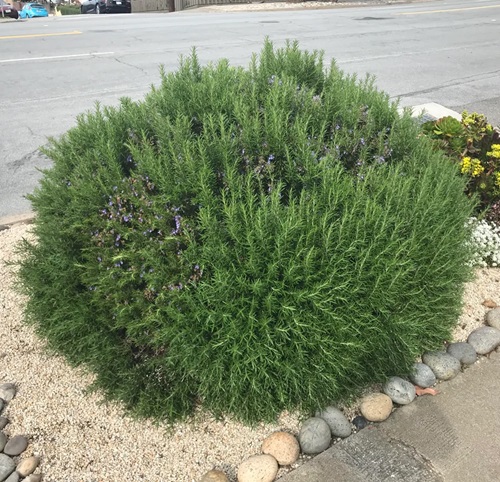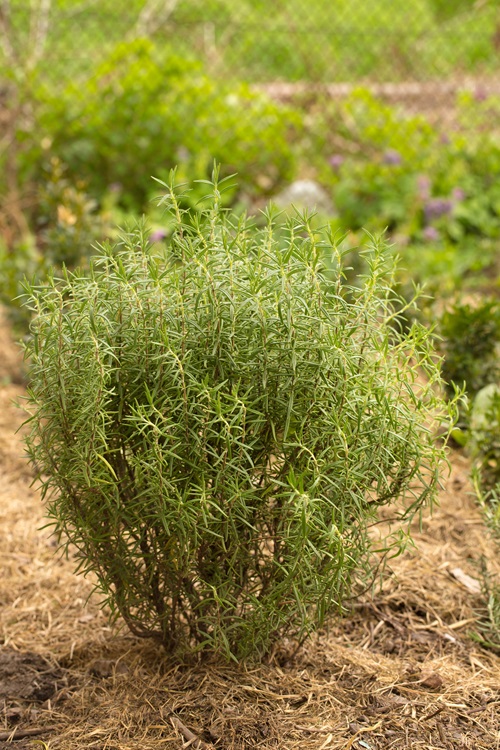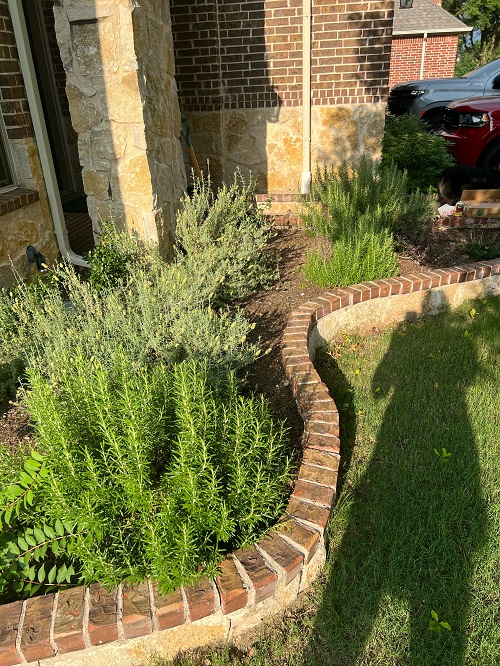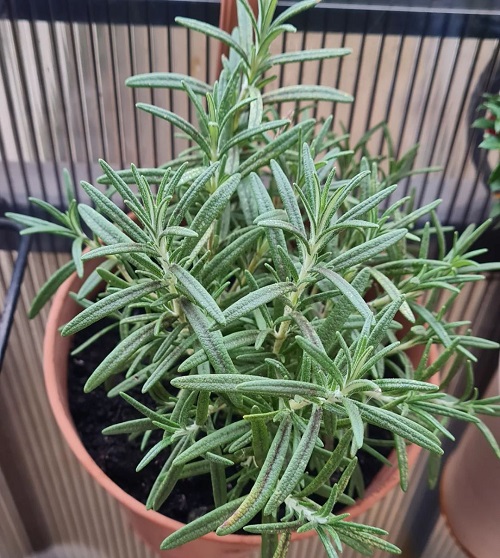Want to Grow Rosemary and make it last for years? Here are the Best Practical Tips to ensure your herb stays aromatic and lives for years!

Native to the Mediterranean, rosemary is a hardy, drought-tolerant, perennial herb that is incredibly useful in the kitchen, garden, and medicine. Discover our best practical tips for growing rosemary and extending its longevity so you may relish its fragrant, evergreen, needle-like leaves for a long time!
How to Extend the Life of Your Rosemary Plant
1. Do Infrequent Watering
The drought-tolerant rosemary herb needs deep, infrequent watering, but only when the top inch of the soil is dry.
When growing in the garden, pick a spot without waterlogging, as too much moisture can quickly cause the roots to rot. And if in pots, make sufficient drainage holes to avoid wet feet.
This plant typically needs frequent watering when it is young—about a week old. Once established, it is pretty hardy.
2. Good Air Circulation
Rosemary can live up to over a decade with proper care. And air circulation is one such practical care tip that also helps prevent foliar disease in the plant.
With ample fresh air and adequate spacing of at least a foot between each plant, you can avoid mildew or other fungal issues from building up.
When growing in a limited space in your home, keep potted plants away from humid spots like bathrooms and kitchens, and instead, place them on the sunny balcony, porch, or patio to sunshine and a good breeze.
3. Provide Full Sun
This heat-tolerant herb needs at least 7-8 hours of sunshine daily to thrive and live long. A south-facing direction works best for your potted rosemary.
When growing in gardens, avoid shaded areas and growing them under a tree canopy. Rosemary plants will only flourish when they bask in the sun. This culinary herb is perfect for growing near paths and walkways.
4. Well-Draining, Average Medium
As mentioned above, rosemary can handle drought but suffocates and dies in too much water! It does well in average to poor soil as long as it is well-draining.
Sandy or loamy soil with a neutral pH works. Some sources suggest growing it in a slightly acidic medium, but our suggestion is to provide it with a slightly alkaline substrate for the best growth.
Now, if your region experiences heavy downpours, which will cause the soil to clog up and constantly wet the foliage, your rosemary is not likely to survive.
But you can plant outdoors on a slope for soft rains so that water runs off quickly and provide row covers or other forms of protection to keep your plant dry.
The perfect potting mix comprises equal parts compost, perlite, and coarse sand. Ensure you get a sterile mix free from pests and weeds. When growing rosemary in pots, ensure there are sufficient drainage holes!
5. Right-sized Pot
Now, when growing this herb in pots, or even when transplanting, ensure the container is slightly larger than the size of its rootball, between 6 to 14 inches in diameter, depending on the current size of your plant. Neither grow it in an excessively large or smaller pot!
Move your container indoors before the onset of frost and continue providing your potted rosemary with the sunshine, warmth, dryness, and conditions it prefers.
6. Prepare for Dormancy
When rosemary is dormant in winter, you should cut back on watering, fertilizing, pruning, and all extracurriculars.
In zones 8-11, rosemary grows actively and can easily overwinter outdoors, but in regions with frost and severe cold, bring your herb indoors or provide it with ample warmth.
Similarly, if you’re growing it in a hot climate, for example, USDA Zone 11 or 12, keep it in a cool spot and away from harsh afternoon sun in summer.
7. Mulch for Warmth
Extreme cold can stunt rosemary growth and cause several other issues. To protect the plant from fluctuations, apply a layer of mulch around the plant. This also helps preserve moisture and suppress weeds.
You can use organic mulch made of grain straw, hay, pine needles, wood shavings, or leaves. On that note, check out this article on how to use autumn leaves in the garden!
If you’re growing it in a pot, cover the container with a bubble wrap to provide more insulation for roots.
8. Always Keep the Foliage Dry
Like its Mediterranean home, this plant prefers sunny, arid climes to humidity and moisture.
Muggy conditions around its foliage quickly cause fungal issues and mildew. Avoid this by watering only the base of the plant and leaving its foliage dry.
9. Propagate from Cuttings
If you’re looking to grow and expand your rosemary supply, we recommend propagating the herb from cuttings every few weeks in spring and summer. You can grow it from seeds as well, but germination takes a bit of time.
Cut off up to six inches of a softwood branch, remove its lower leaves, dip the end in a natural rooting hormone, and place in a warm, sunny spot till it roots in about three months.
Find a spot with ample sunshine, breathing space, and fresh air, and your rosemary will surely thrive and last for years! Meanwhile, check out these hacks to get your herb’s flavors to pop!




